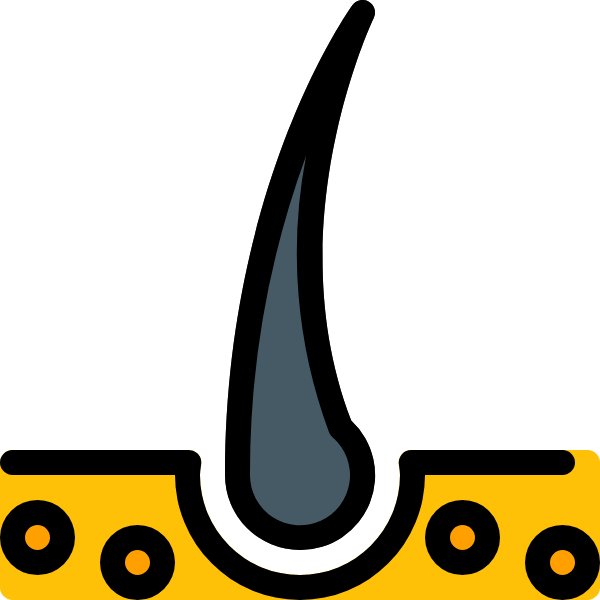Alopecia hair loss is a condition that affects millions of people around the world. It can be an extremely difficult experience, leading to feelings of low self-esteem and social isolation. This article will provide an overview of what alopecia hair loss is and look at some treatment options available for those affected by it.
Alopecia hair loss occurs when your immune system mistakenly attacks the cells in your scalp responsible for producing new hairs. Over time, this can cause patchy baldness or total hair loss across the entire head. In addition to physical changes, people with alopecia may also struggle emotionally; feeling ashamed or embarrassed about their appearance, which can lead to anxiety and depression.
Causes Of Alopecia Hair Loss
Alopecia is a type of hair loss that can have many causes. It occurs when the body’s immune system mistakenly attacks its own hair follicles, leading to inflammation and eventual loss of hair in patches or all over the scalp. Alopecia can affect both men and women at any age; however, it is more common among those aged 15-29 years old. Genetic factors also play an important role, as alopecia may be inherited from one generation to another. Environmental triggers such as stress, hormonal changes, and certain medications can contribute to its onset or exacerbate existing cases.
It is important for people experiencing alopecia to seek medical attention promptly so they are properly diagnosed and treated accordingly. The next section will discuss the various symptoms associated with alopecia and what tests are used to diagnose it correctly.
Symptoms And Diagnosis
The reality of alopecia hair loss can be devastating. With no known cause and no cure, the emotional toll it takes on those affected is difficult to fathom. Symptoms include: – Patchy or complete baldness – Thinning scalp hair – Receding front or temporal hairlines – Loss of body hair such as eyebrows and eyelashes – Itching or burning in areas where hair has been lost
Diagnosis usually begins with a physical examination followed by blood work to rule out any underlying medical conditions that could be causing the hair loss. A biopsy may also be performed if necessary to further investigate potential causes. No matter what the diagnosis reveals, there are treatments available and coping strategies that can help individuals living with this condition manage their symptoms and gain some control over their lives again.
Treatments And Coping Strategies
Dealing with alopecia can be a difficult and emotional experience. Fortunately, there are several treatments and coping strategies available to those affected by the condition. Many people find that scalp massage is beneficial in stimulating hair growth; massaging your scalp for five minutes per day may help promote circulation, which can encourage new hair follicles to form. If you’d like additional support, consider talking to a therapist or joining an online community of people who understand what it’s like living with alopecia. A mental health professional can provide guidance on how best to manage stress levels, while connecting with others dealing with similar issues can provide comfort and encouragement. Additionally, wearing wigs or hats may help boost self-confidence if you’re feeling insecure about your appearance due to hair loss. Ultimately, finding the right combination of treatments and coping mechanisms will vary from person to person – so experiment until you discover what works best for you!
Conclusion
It’s heartbreaking to watch as our hair starts falling out due to alopecia. It can be emotionally draining and feel like a loss of identity. But it doesn’t have to mean the end; there are treatments available and coping strategies that we can implement. We just need to remember that we’re not alone in this journey – many others around us share similar struggles with alopecia-related hair loss. With support from those who understand and care for us, I’m confident that we’ll get through this together.

